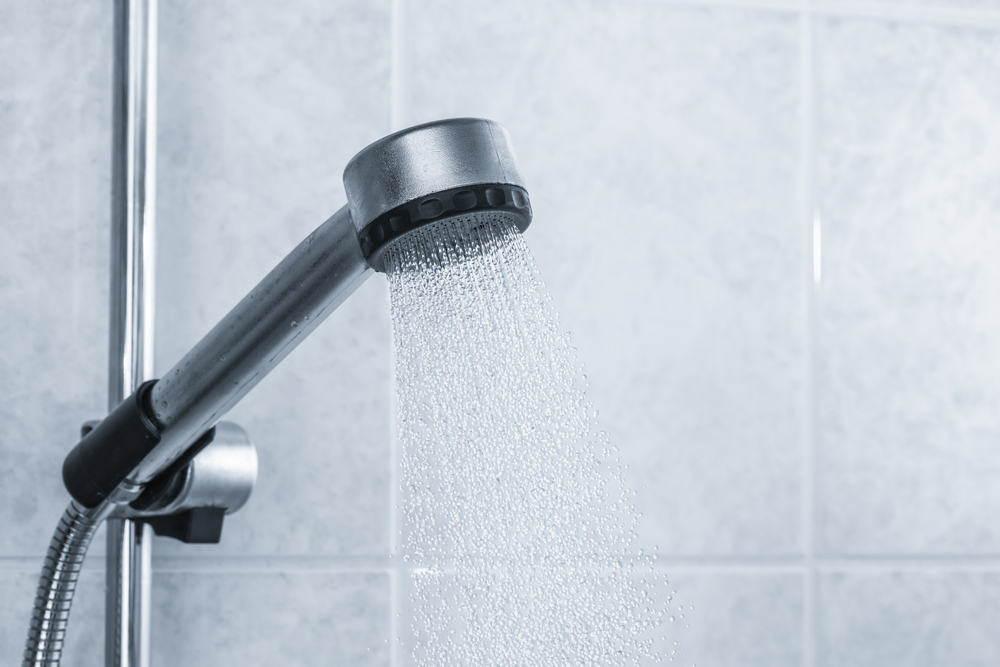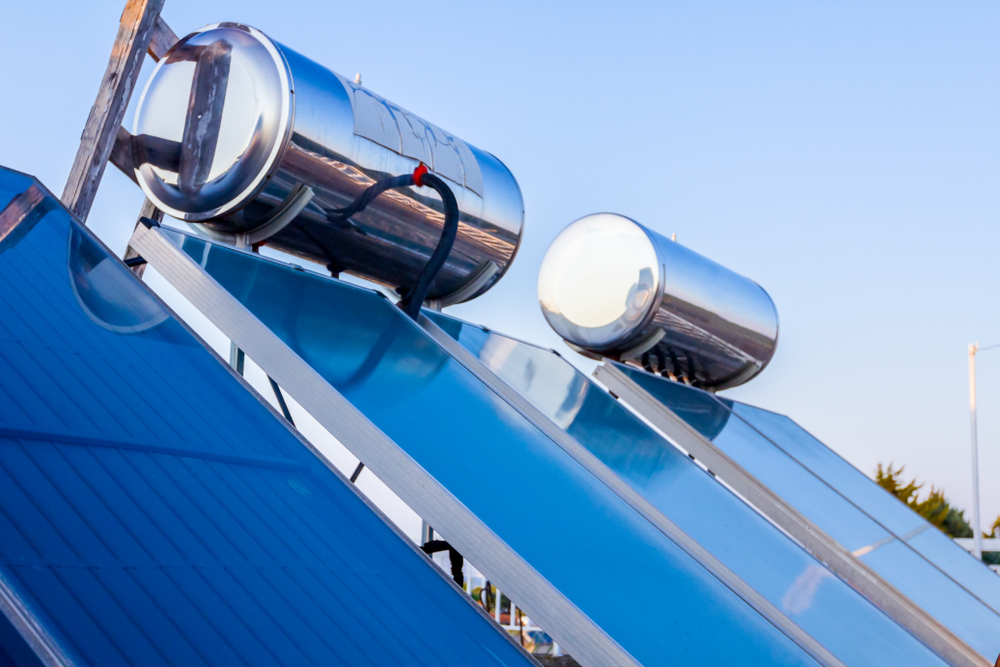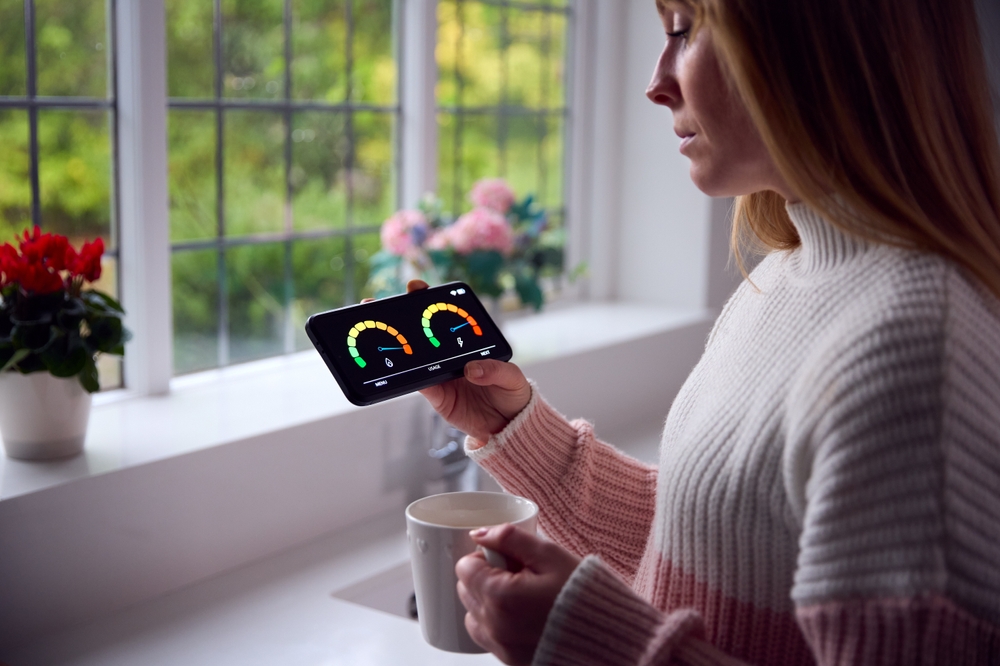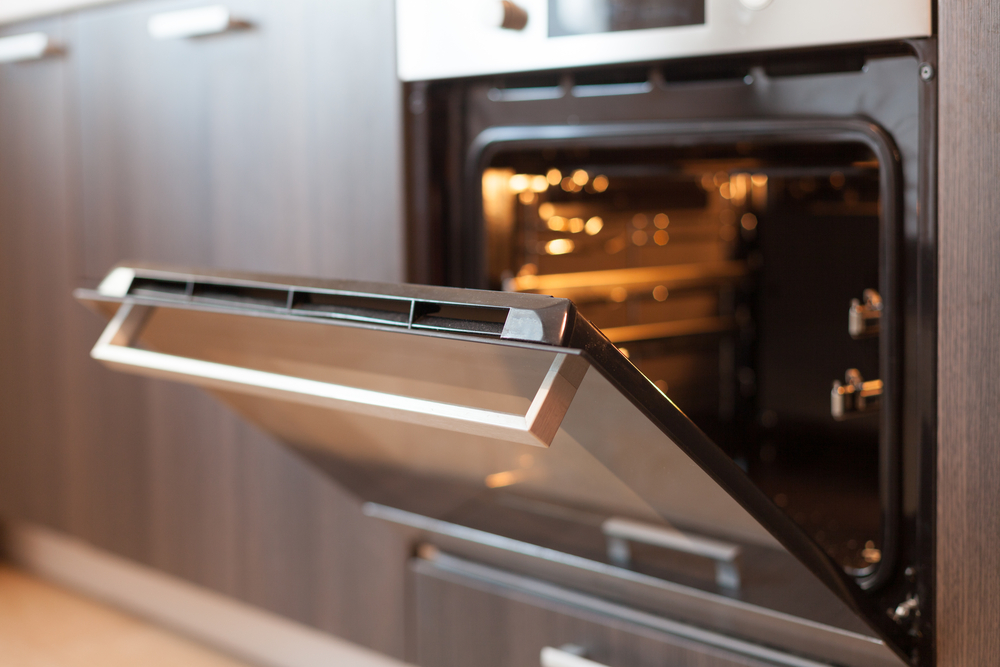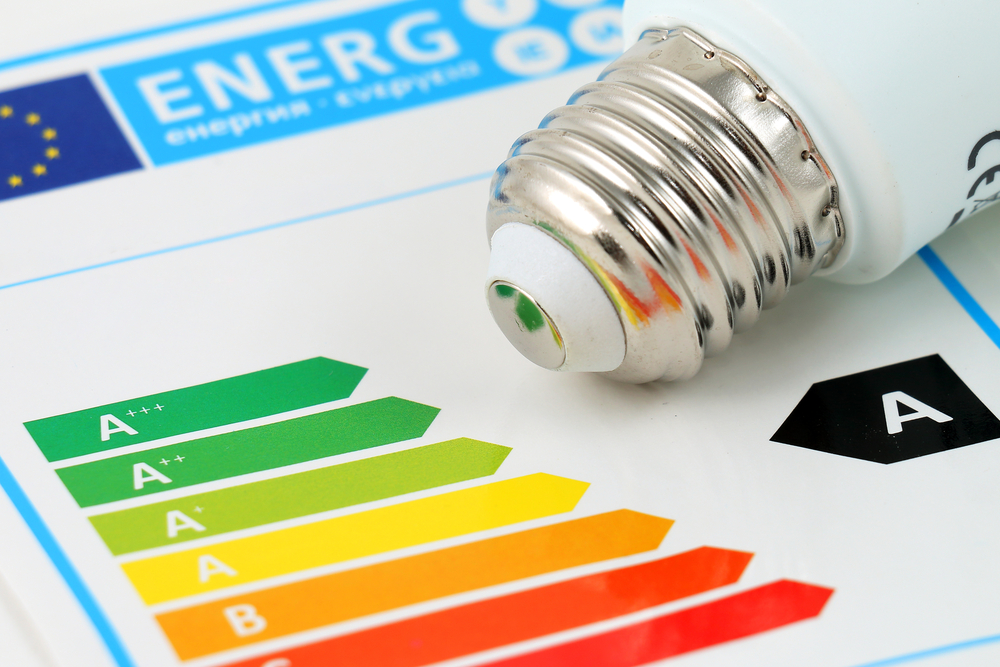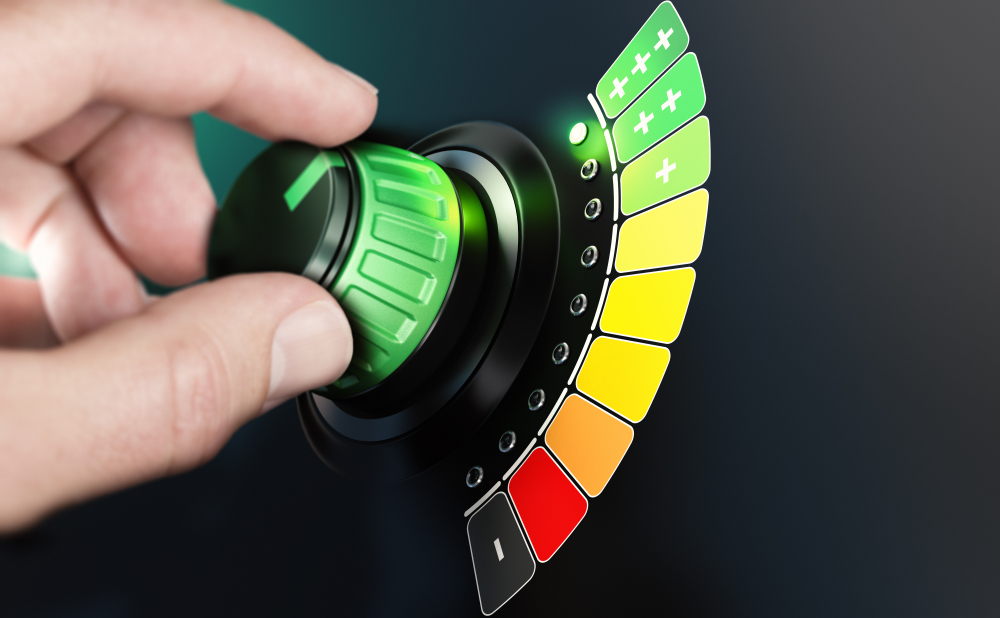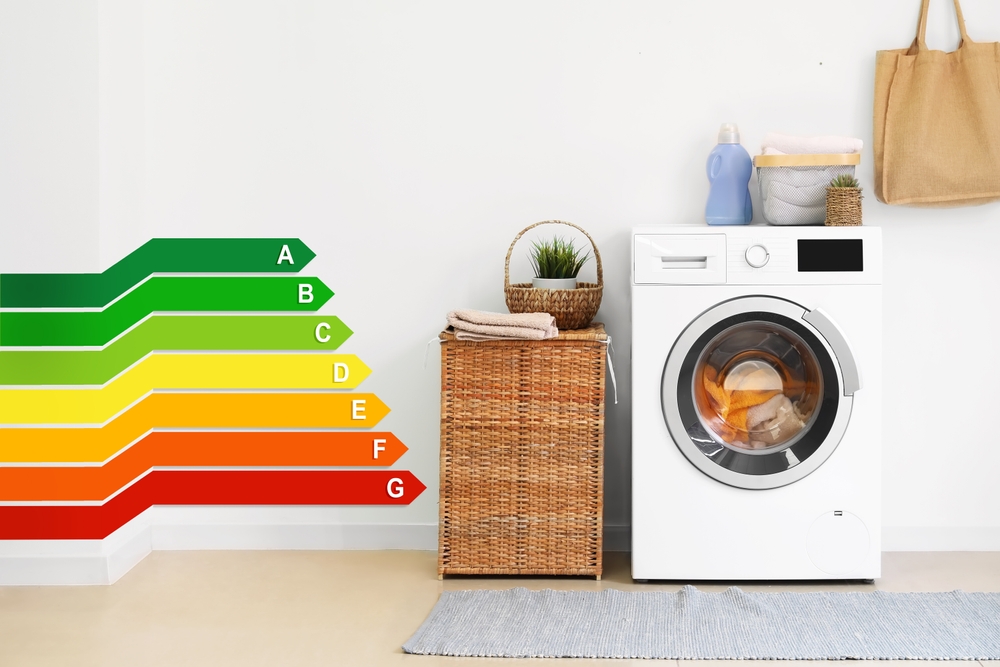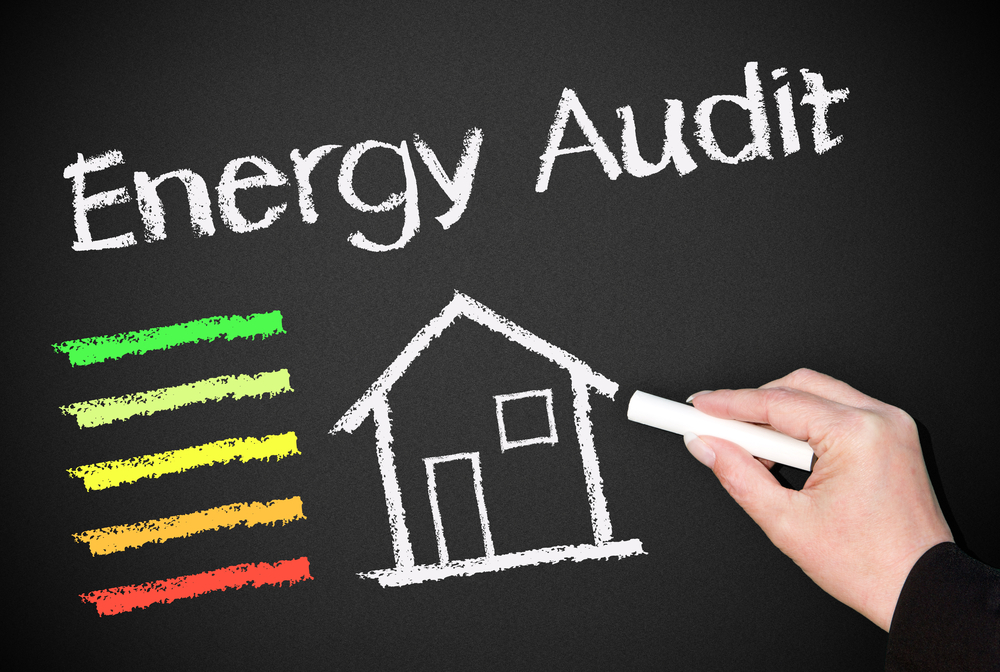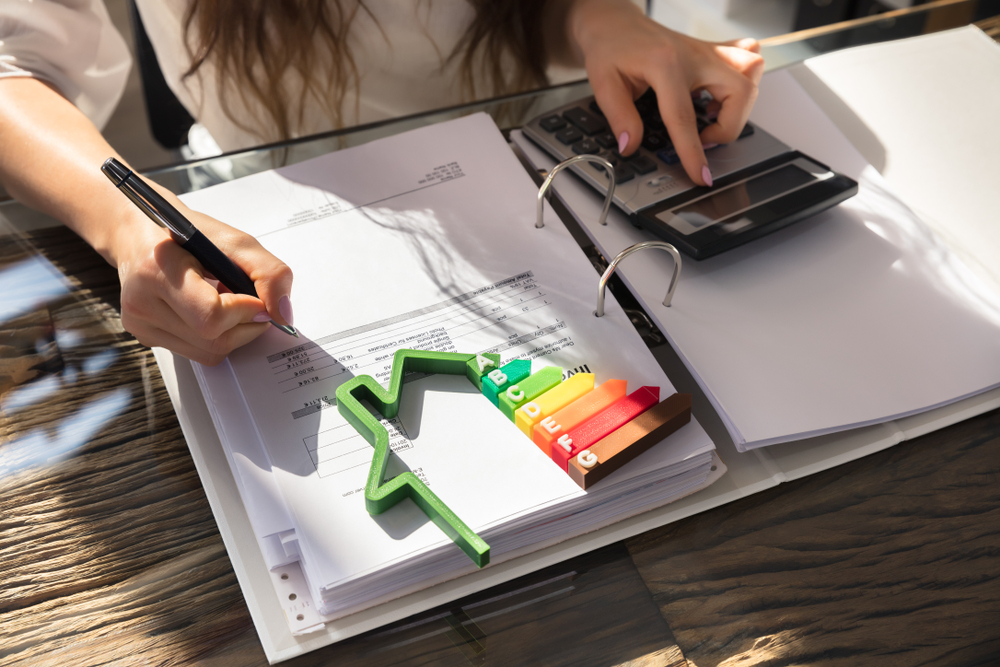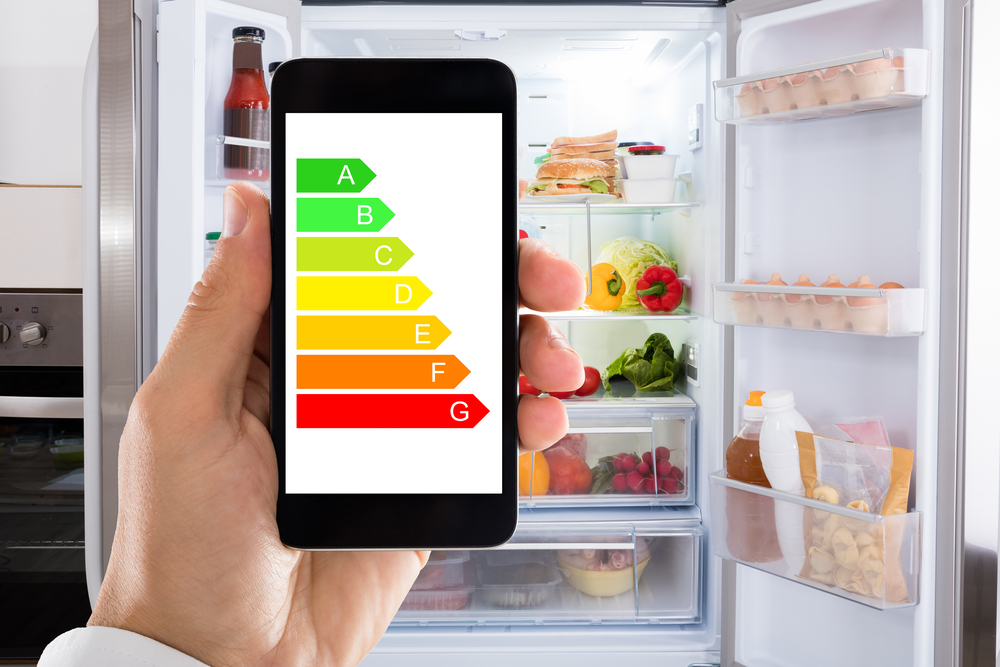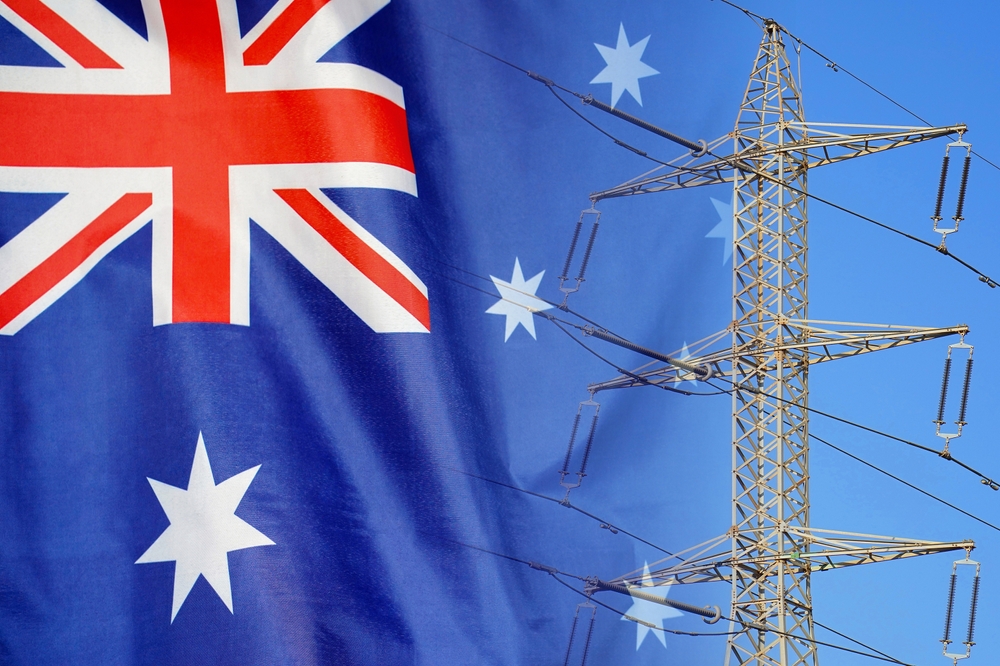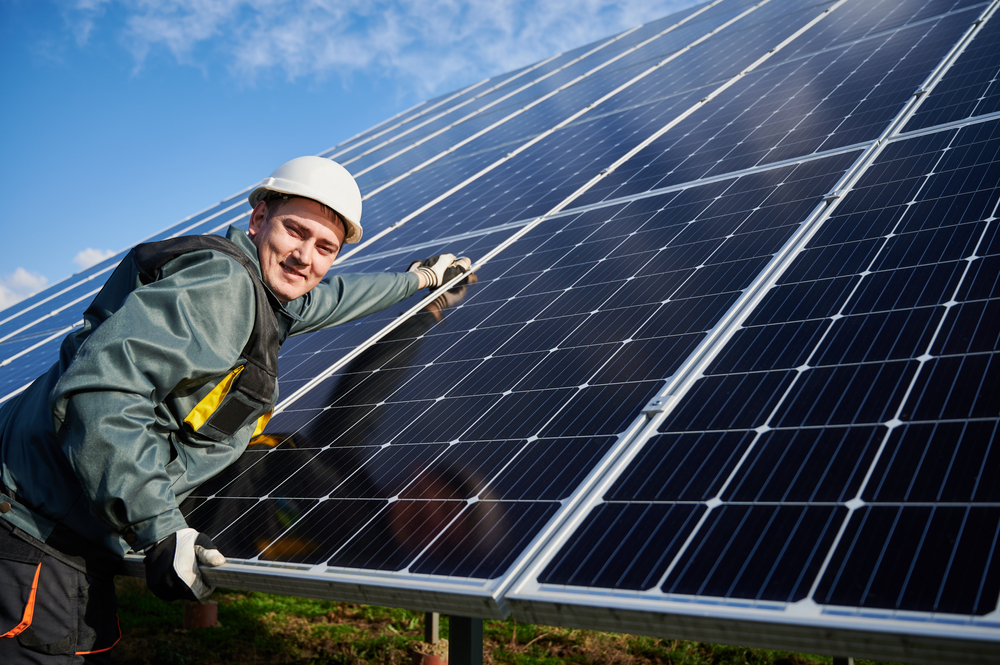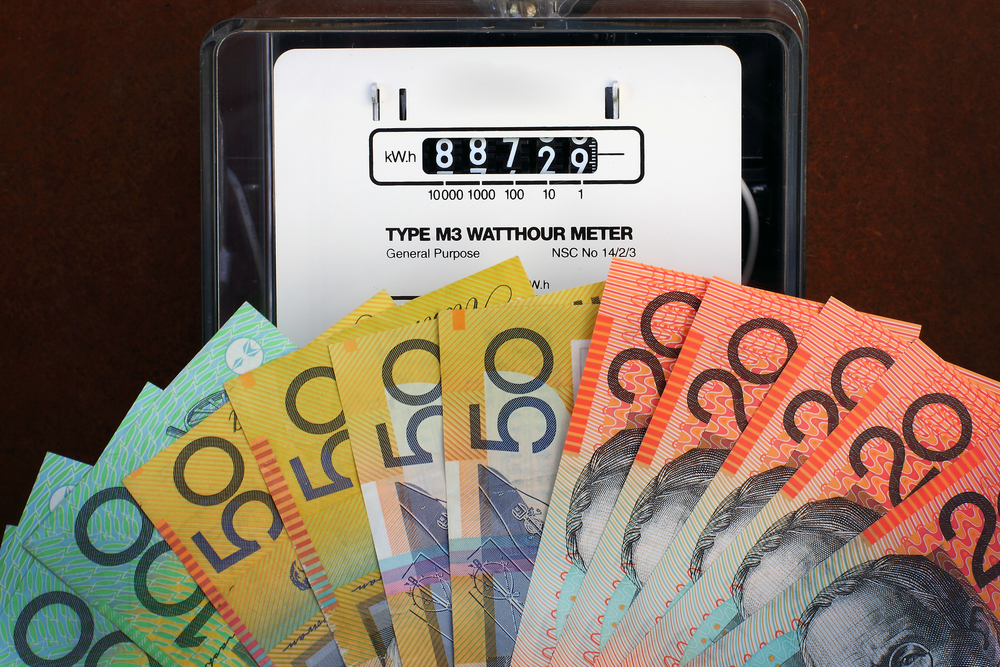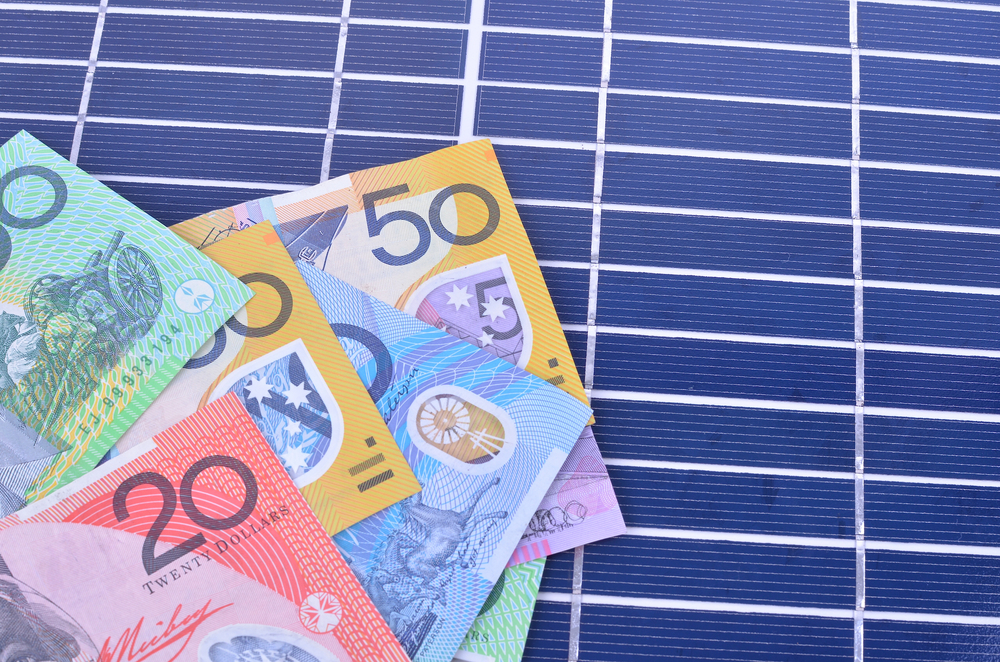Maximising Energy Efficiency: The Importance of Regular Maintenance
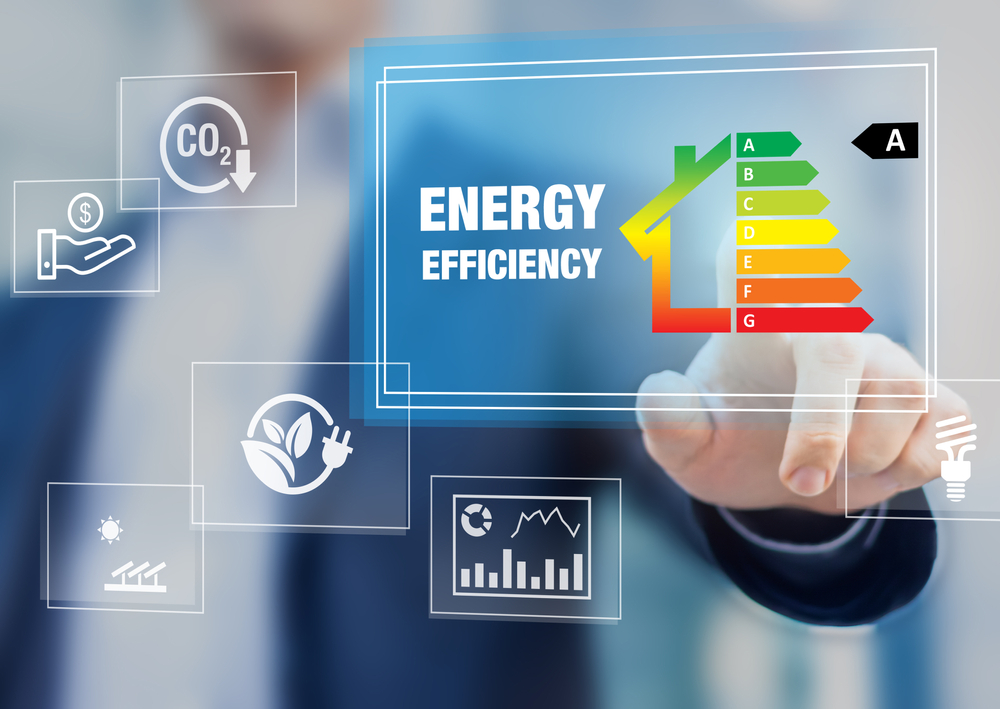
In today’s world, energy efficiency has become a crucial aspect of sustainable living and cost savings. One often overlooked but essential factor in achieving energy efficiency is regular maintenance. By prioritising maintenance practices, homeowners and businesses can optimise the performance of their systems and equipment, minimise energy waste, and reduce their environmental impact.
In today’s article, we will explore the significance of regular maintenance in maximising energy efficiency and outline best practices for achieving optimal results.
The Impact of Poor Maintenance on Energy Efficiency
Effective maintenance is critical in ensuring the energy efficiency of systems and equipment. Poor installation, lack of maintenance, and inconsistent repair efforts can lead to significant energy penalties. Studies have shown that a considerable percentage of installed equipment runs poorly, resulting in reduced energy efficiency and increased energy consumption.
For example, faulty HVAC systems can consume more energy than necessary due to issues like dirty filters, clogged ducts, or improper calibration. These problems not only waste energy but also contribute to higher energy bills and increased carbon emissions. Addressing maintenance issues is essential to maximise energy efficiency and achieve long-term energy savings.
Benefits of Regular Maintenance for Energy Efficiency
Regular maintenance offers numerous benefits that positively impact energy efficiency. By conducting routine inspections, cleaning, and tuning, equipment performance can be optimised, resulting in significant energy savings. Well-maintained systems operate more efficiently, requiring less energy to perform their intended functions. This leads to reduced energy waste, lower utility bills, and a smaller carbon footprint.
Additionally, regular maintenance helps extend the lifespan of equipment, minimising the need for premature replacements. This not only saves money but also reduces the environmental impact associated with manufacturing new equipment.
Best Practices for Maintaining HVAC Systems for Energy Efficiency
Heating, ventilation, and air conditioning (HVAC) systems are significant contributors to energy consumption in homes and buildings. Therefore, adopting best practices for maintaining HVAC systems is crucial in maximising energy efficiency.
The “Guide to best practice maintenance and operation of HVAC systems for energy efficiency” provides valuable insights and recommendations for achieving optimal results. Some key practices include:
1. Regular inspections: Conduct periodic inspections to identify any issues or signs of wear and tear. Addressing problems early can prevent further damage and ensure efficient operation.
2. Filter replacements: Clean or replace filters regularly to maintain proper airflow and prevent strain on the system. Clogged filters can reduce energy efficiency and hinder overall performance.
3. Duct cleaning: Periodically clean air ducts to remove dust, debris, and contaminants that can obstruct airflow and decrease system efficiency.
4. Calibration of controls: Ensure that thermostats and other controls are calibrated correctly to optimise energy usage and maintain comfortable indoor temperatures.
By following these best practices, homeowners and businesses can ensure that their HVAC systems operate efficiently, resulting in significant energy savings and improved comfort levels.
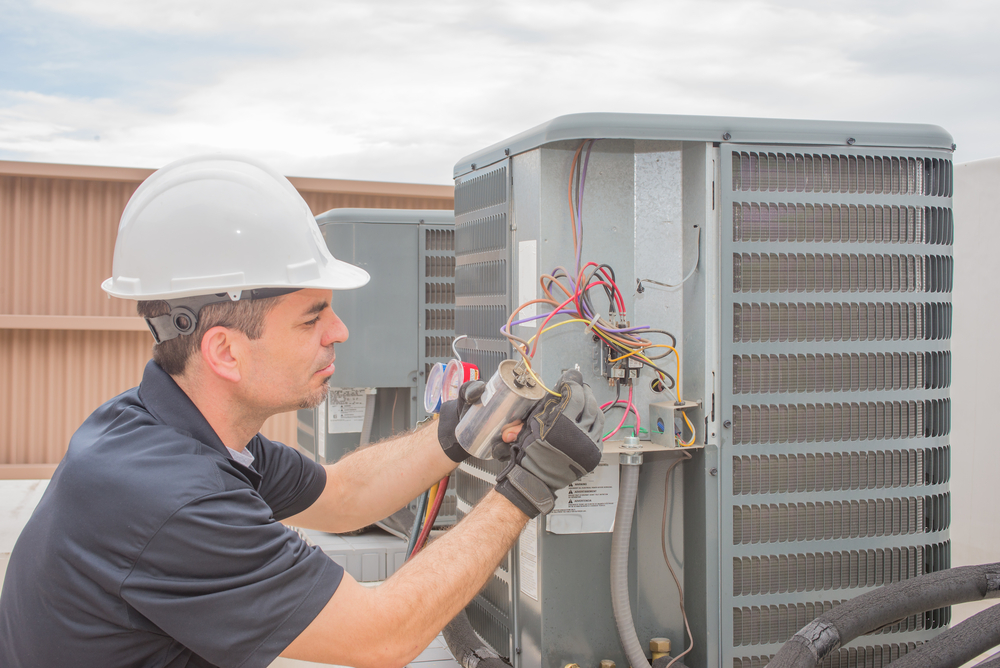
Conducting Energy Efficiency Assessments for Businesses
Businesses can benefit from conducting energy efficiency assessments to identify areas for improvement and optimise energy usage. These assessments provide valuable insights into an organisation’s energy consumption patterns, energy efficiency potential, and cost-saving opportunities.
When planning an energy efficiency assessment, it is essential to consider factors such as the size of the organisation, energy expenditure, and available resources. Conducting a preliminary scoping assessment can help identify potential energy savings and secure resources for a more detailed assessment.
Best practice energy efficiency assessments typically involve developing a strong project plan, engaging the right stakeholders, and considering post-assessment actions, such as reporting and tracking.
The Role of Regular Maintenance in Energy Efficiency Assessments
Regular maintenance plays a crucial role in energy efficiency assessments. By incorporating maintenance activities into the assessment process, organisations can evaluate the effectiveness of their existing maintenance practices and identify areas for improvement.
Assessments can help identify maintenance gaps, assess the condition of equipment, and determine the impact of maintenance on energy efficiency. Including maintenance as a key component ensures that the assessment captures the full picture of energy performance and potential savings. It also provides an opportunity to develop maintenance strategies that align with energy efficiency goals.
Strategies for Maximising Energy Efficiency through Regular Maintenance
To maximise energy efficiency through regular maintenance, it is essential to implement effective strategies. Here are some key strategies to consider:
1. Developing a maintenance schedule and plan: Establish a regular maintenance schedule to ensure that all necessary tasks are performed at the appropriate intervals. A comprehensive maintenance plan should outline specific activities, responsibilities, and timelines.
2. Engaging the right stakeholders: Involve facility managers, maintenance personnel, and other relevant stakeholders in the maintenance process. Effective communication and collaboration among team members are crucial for successful maintenance management.
3. Utilising external resources when necessary: In some cases, it may be beneficial to seek external resources, such as specialised maintenance contractors, to supplement in-house capabilities. External expertise can provide valuable insights and help ensure that maintenance efforts are carried out effectively.
By implementing these strategies, organisations can enhance their regular maintenance practices, improve energy efficiency, and achieve long-term cost savings.
Final Thoughts
Regular maintenance is a key factor in maximising energy efficiency. By addressing maintenance issues and adopting best practices, homeowners and businesses can optimise the performance of their systems and equipment, reduce energy waste, and lower their environmental impact.
Conducting energy efficiency assessments and incorporating maintenance into the assessment process further enhance energy efficiency efforts. By recognising the importance of regular maintenance, individuals and organisations can contribute to a sustainable future while enjoying the benefits of reduced energy consumption and cost savings.
If you’re looking for expert assistance in implementing energy-efficient solutions, GCR Electrical Systems is here to help. Our team of professionals can provide expert advice, installation services, and maintenance support to ensure you’re using your energy efficiently and safely.
Please contact us today at (07) 4120 7004 or leave an enquiry.

